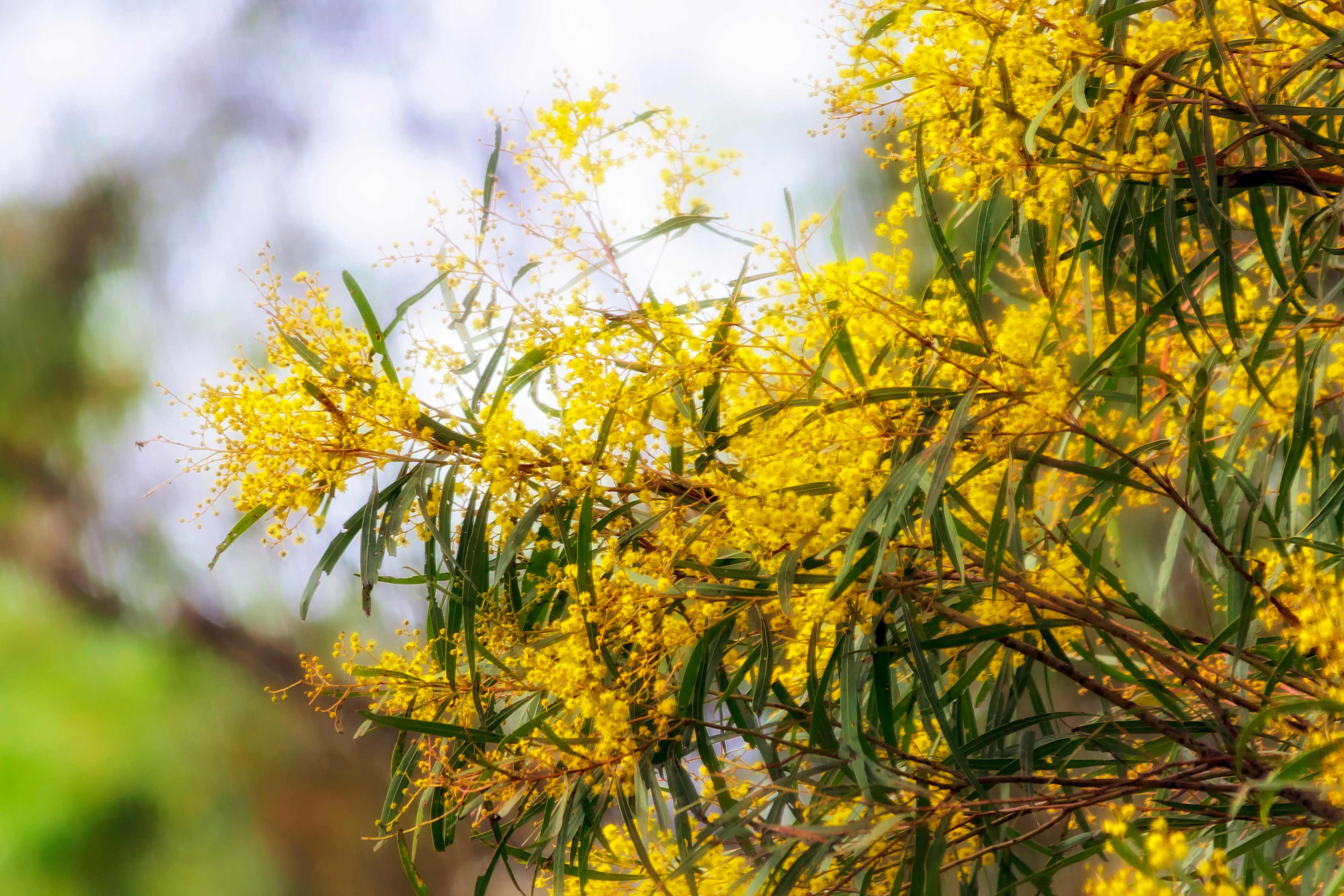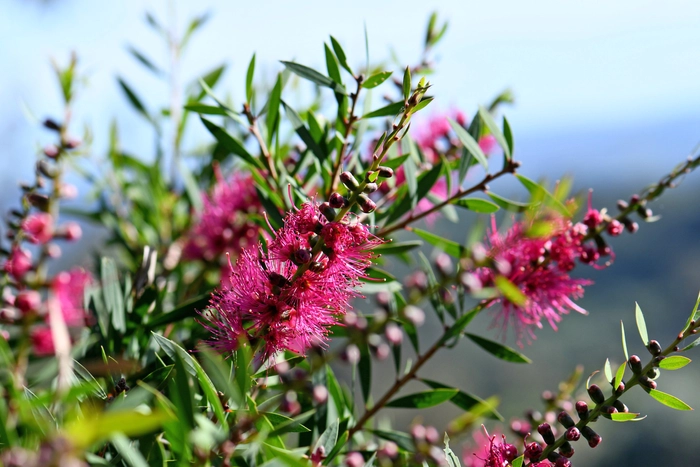Introduction:
In recent years, there has been a growing appreciation for the beauty and ecological benefits of native plants in garden landscapes. Native plants are those that naturally occur in a particular region and have evolved over time to thrive in local environmental conditions. Incorporating native plants into your garden not only enhances its aesthetic appeal but also supports biodiversity, attracts pollinators, and requires less maintenance. In this guide, we'll explore the many reasons to embrace native plants in your garden and offer tips for incorporating them into your landscape design.
Benefits of Native Plants:
-
Adaptability: Native plants are well-adapted to local soil, climate, and weather conditions, making them more resilient to drought, pests, and diseases.
-
Biodiversity: Native plants provide habitat and food sources for native wildlife, including birds, butterflies, bees, and beneficial insects, contributing to ecosystem health and biodiversity.
-
Water Conservation: Once established, native plants require less water than non-native species, reducing the need for irrigation and promoting water conservation in the garden.
-
Low Maintenance: Native plants are well-suited to their natural environment and typically require minimal care and maintenance once established, saving time and effort for gardeners.
-
Seasonal Interest: Many native plants offer seasonal interest with colorful blooms, foliage, and berries throughout the year, providing visual appeal and attracting wildlife to the garden.
Choosing Native Plants for Your Garden:
When selecting native plants for your garden, consider factors such as:
-
Sunlight Requirements: Choose plants that are well-suited to the light conditions in your garden, whether it's full sun, partial shade, or full shade.
-
Soil Type: Consider the soil type and drainage characteristics of your garden when choosing native plants, selecting species that are compatible with your soil conditions.
-
Growth Habit: Choose native plants with a variety of growth habits, including shrubs, trees, perennials, and groundcovers, to create visual interest and diversity in your landscape.
-
Wildlife Value: Select native plants that provide food, shelter, and nesting sites for local wildlife, such as nectar-rich flowers for pollinators and berry-producing shrubs for birds.
Designing with Native Plants:
Incorporating native plants into your garden design can enhance its beauty and ecological value. Consider the following tips:
-
Create Habitat Zones: Designate areas of your garden as habitat zones for specific wildlife, such as butterfly gardens, hummingbird gardens, or pollinator meadows, using a mix of native plants that provide food and shelter for target species.
-
Layer Plantings: Use a layered planting approach with tall trees, mid-sized shrubs, and low-growing groundcovers to create visual interest and maximize habitat diversity in your garden.
-
Native Plant Borders: Create borders or hedgerows with native plants along property lines or garden edges to provide screening, privacy, and wildlife habitat while enhancing the overall aesthetic of your landscape.
-
Rain Gardens: Install rain gardens or bioswales planted with native vegetation to capture and filter stormwater runoff, reduce erosion, and provide habitat for wetland species.
-
Wildlife Features: Incorporate wildlife-friendly features such as bird feeders, bird baths, and insect hotels into your garden to attract and support native wildlife year-round.
Resources for Native Plant Gardening:
-
Local Native Plant Nurseries: Visit local nurseries specializing in native plants to find a diverse selection of species adapted to your region's climate and growing conditions.
-
Native Plant Societies: Join local native plant societies or conservation organizations for access to educational resources, plant sales, and garden tours focused on native plants.
-
Online Resources: Explore online databases and plant guides for information on native plants native to your region, including their habitat requirements, growth characteristics, and wildlife value.
Conclusion:
Embracing native plants in your garden is a rewarding way to create beautiful, ecologically vibrant landscapes that support local wildlife and conserve natural resources. By choosing native plants adapted to your region's climate and soil conditions, you can create a sustainable garden that thrives with minimal inputs and provides year-round beauty and biodiversity.
Whether you're redesigning an existing garden or starting from scratch, incorporating native plants into your landscape design offers countless benefits for both you and the environment. Discover the beauty and diversity of native plants in your garden and enjoy the rich tapestry of life they bring to your outdoor spaces.
Happy gardening!

